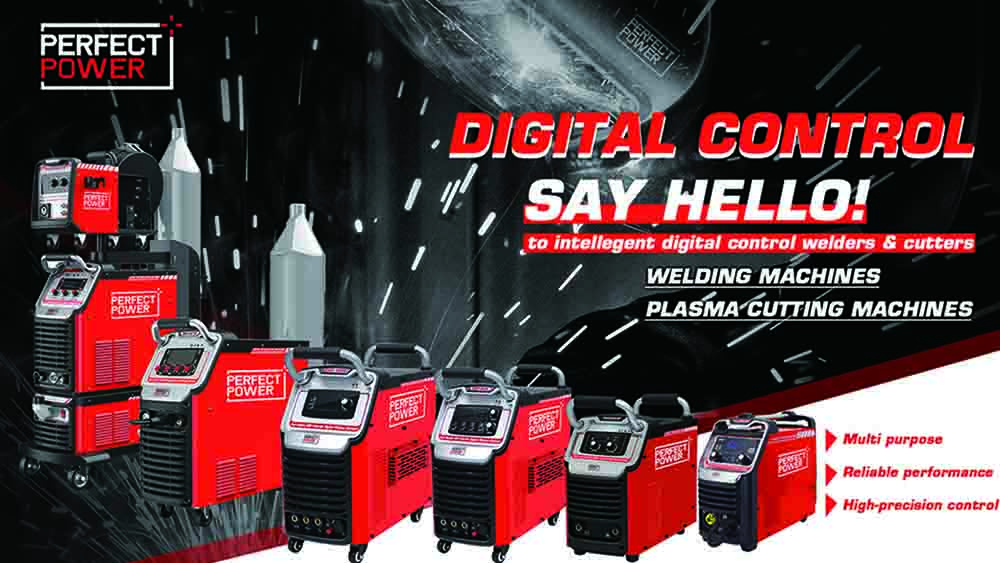Cold welding is a process that involves joining two metal surfaces together without the use of heat. This process is also known as solid-state welding and is achieved by applying pressure to the metal surfaces until they bond together.
There are several advantages to cold welding, including the ability to join dissimilar metals, the absence of heat-affected zones, and the ability to create strong, durable bonds. However, there are also some disadvantages to cold weldings, such as the need for precise surface preparation and the potential for contamination during the welding process.
Cold welding has a variety of applications, including in the aerospace, automotive, and electronics industries. It is commonly used to join thin metal sheets, wires, and other small components. Additionally, cold welding can be used to repair damaged metal parts and to create complex shapes and structures.
The Cold Welding process is a type of welding that utilizes various technologies to create a weld joint without the use of heat, pressure, or both. This process is one of several welding techniques available.
Cold welding is a type of solid-state welding that does not require the melting of metals. Instead, the two metal parts are fused together by applying high pressure to them. This is typically achieved using a press. Cold welding is commonly used for repairs, as it is a fast and simple method for fixing broken metal pieces.
Cold welding is a type of solid-state welding that does not require the melting of metals. Instead, the two metal parts are fused together by applying high pressure to them. This is typically achieved using a press. Cold welding is commonly used for repairs, as it is a fast and simple method for fixing broken metal pieces.
Remember, Friction Welding or seam welding processes, also uses Pressure but this welding process involves Heat and is thus discarded as Cold Welding Process.
How does Cold Welding work?
As per the law of bonding, when two parts have atomic closeness and perfect cleanliness (Free from any foreign material), it will result in mutual atomic bonding. This is the ideal condition.
Practically, it is not possible to have atomic closeness even if we have a perfectly polished surface as atom size is very minute.
Practically, it is not possible to have atomic closeness even if we have a perfectly polished surface as atom size is very minute.
So, to create a joint using cold welding, first, the parts are cleaned from any oxide layer or impurities present on the material surface to achieve cleanliness.
Next, pressure is applied to create the atomic closeness and the formation of the metallurgical bonds between the parts.
As there is no heat involved during the Cold Welding Process, it is called Cold Welding.
Is Cold Welding better than Fusion Welding?
First, Let be clear that Cold Welding is a Special Welding Process and has its unique welding application.
You might wonder if cold welding is better than fusion welding. The answer is, it depends on the application. Cold welding is a process that uses pressure to fuse two surfaces together without heat. It is often used for smaller parts because it produces less heat than fusion welding and therefore causes less damage to the parts being welded.
However, cold welding is not as strong as fusion welding, so it is not recommended for larger parts. Also, to weld large parts, you need very high pressure and thus a large welding equipment setup.
Fusion welding uses heat to fuse two surfaces together, resulting in a stronger weld. It is often used for larger parts because it can handle more weight. However, fusion welding can cause more damage to the parts being welded than cold welding.
In the end, it is up to the engineers to decide which process is best for the job at hand.


